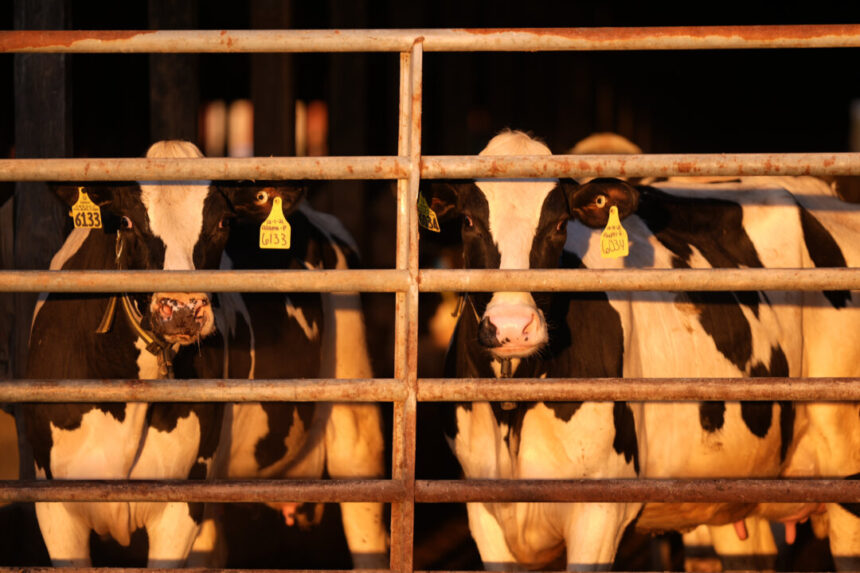President Joe Biden’s administration announced on May 10 that it is allocating nearly $200 million to combat the spread of the highly pathogenic avian influenza, also known as the bird flu.
The U.S. Department of Agriculture (USDA) is dedicating $98 million to assist farmers in purchasing masks and other protective equipment, developing biosecurity plans, and covering veterinary costs. Additionally, dairy farmers will be compensated for the loss of milk production from infected cattle, and dairy farmers and farm workers will be paid to participate in a workplace study conducted by the USDA and the Centers for Disease Control and Prevention (CDC).
Each farm could receive up to $28,000 under this initiative, utilizing existing funds. The USDA will provide guidance on how farmers can apply for the new funds in the near future.
The National Milk Producers Federation, representing dairy farmers, expressed appreciation for the new resources, emphasizing the importance of caring for farm workers and animals to protect against potential human health risks.
Authorities aim to increase farmers’ willingness to test their herds with these incentives. Keith Poulsen, director of the Wisconsin Veterinary Diagnostic Laboratory, noted that the funding allows for progress in the right direction.
The U.S. Department of Health and Human Services (HHS) is investing an additional $101 million in developing tests and vaccines, enhancing surveillance, and conducting genomic sequencing. This includes creating tests to detect the avian influenza (H5N1) and stockpiling one million of these tests once they are developed.
Recent cases of bird flu in cattle were first reported in the spring, with sequencing indicating the jump from birds to cattle occurred in late 2023. The CDC is collaborating with officials to conduct serology studies in farm workers to uncover potential undetected infections.
The CDC advises individuals exposed to animals with H5N1 to monitor themselves for symptoms and seek medical attention if needed. Precautionary measures include avoiding direct contact with sick animals and wearing protective gear when in close proximity to them.
As of now, 42 herds in nine states have confirmed infections in dairy cows. Agriculture Secretary Tom Vilsack reassured that the outbreak has not spread beyond these nine states.
While some farms have resisted testing, federal orders mandate testing of lactating dairy cattle for H5N1 before interstate movement. Testing of milk samples has shown no intact virus, and authorities affirm that the risk to the public remains low.
Overall, the government’s financial commitment to farms and public health initiatives aims to contain the spread of avian influenza and protect both animals and humans from potential health risks.
The Associated Press contributed to this report.
Please rewrite this sentence.
Source link






